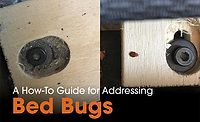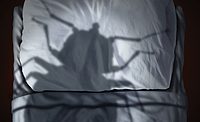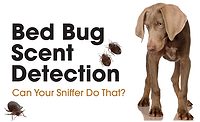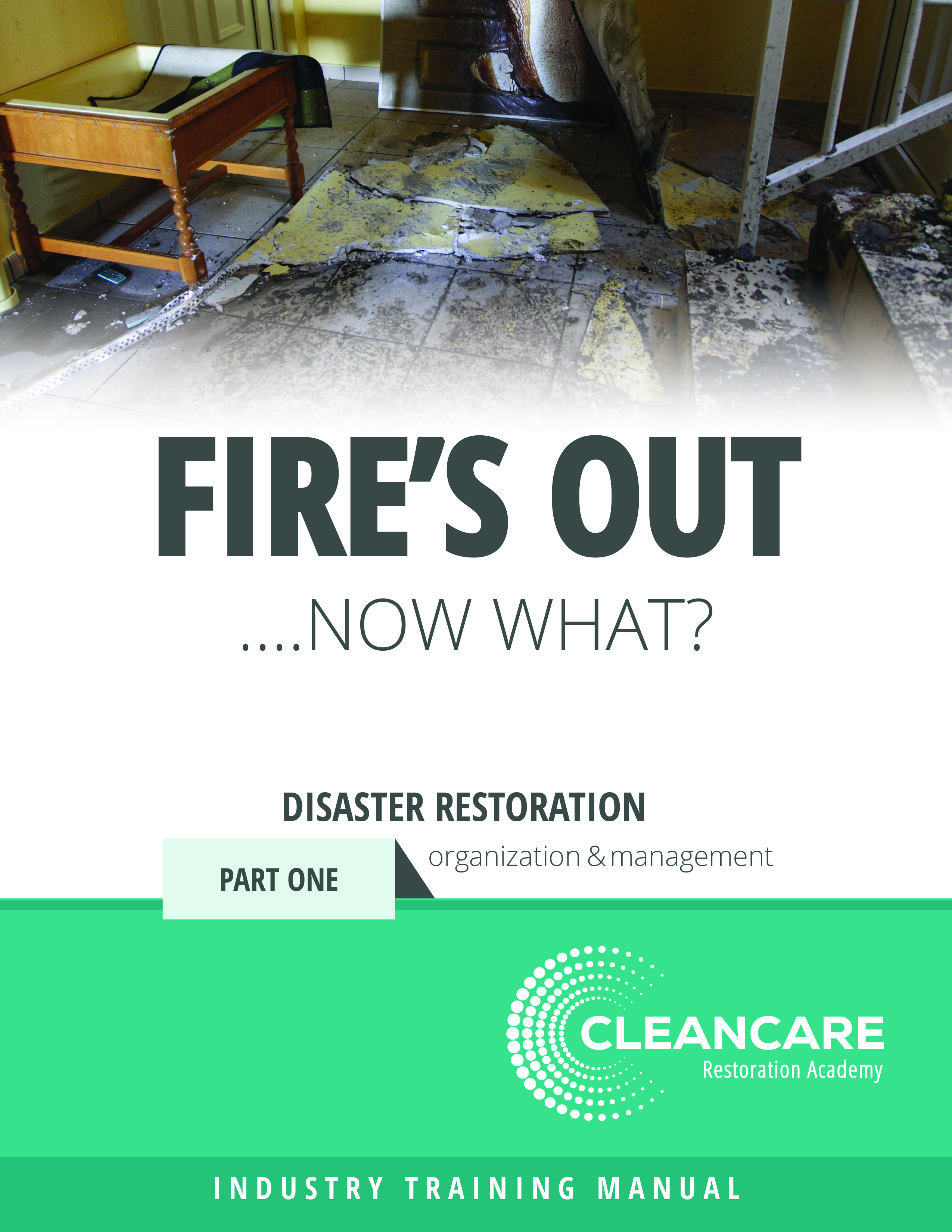What Temperature is Required to Kill Bed Bugs With Heat?

Backgroup fire: sibway/Creatas Video+ / Getty Images Plus
Bed bug image: marcouliana/iStock / Getty Images Plus
One of the most commonly asked questions we receive is, “What temperature kills bed bugs?” This question is typically followed up with, “How long should I conduct my treatment at the “kill” temperature?” We will address both questions in this article by providing information from a combination of widely published university studies and real-world experience. As with structural drying, you cannot fully replicate every structure or situation, which is why we will incorporate field-based considerations.
Published Research on Lethal Temperatures to Kill Bed Bugs
Below, you will find a table compiling a variety of studies from entomologists on “thermal inactivation” or “kill temperatures” for adult bed bugs, nymphs and eggs. Please keep in mind that these are direct exposure temperatures, not based on room temperature.
Note the differences in exposure times between the eggs and the adults/nymphs. Bed bug eggs require 4-6 times more exposure time than the adults/nymphs for inactivation. Also, note the differences in time to achieve inactivation when the temperature is increased in the Kells/Goblirsch study. A simple increase of 6 degrees Fahrenheit resulted in a reduction from 420 minutes to 71 minutes to achieve lethality. Comparable results were found when exposing the adults and nymphs to a slightly higher temperature.

Field Considerations
Now that we know exposure temperature ranges to kill bed bugs, we can use this knowledge in field applications. If you are trying to kill bed bugs with heat, you must ensure that the bed bugs are directly exposed to these temperatures. Which is why it’s important to know, despite their name, bed bugs also tend to take harborage behind walls and baseboards, in furniture, and in myriad other cracks and crevices located within a structure. If a room is 120 degrees Fahrenheit, that doesn’t necessarily mean that the aforementioned areas are also 120 degrees.
Heat will take its time to transfer through a wall, or through a cushion. There could easily be discrepancies of 40 degrees Fahrenheit from the air space to the wall.


Photos credit David walters
To illustrate this point notice Figure 1, in which a sensor probe was inserted underneath the baseboard of an exterior wall during a heat treatment. The space temperature at the time was 134.6 degrees F (Figure 2), however, the temperature underneath the baseboard was 102.2 degrees F (Figure 1). The baseboard temperature would have been insufficient to kill bed bugs or their eggs. If using temperature guidance from the charts, the operator could have mistakenly assumed the heat treatment was complete.
Importance of Knowing
Knowing these discrepancies, a person conducting heat treatments should incorporate a “hold” time to ensure that the heat has time to penetrate all areas throughout the structure to achieve 100% mortality. There are ways to accomplish more uniform temperatures in a treatment. For example, adding more air movers to a treatment will help drive heated air into cracks and crevices and expose a higher percentage of surfaces to lethal temperatures, in turn speeding up the process.

To demonstrate the importance of air movers, we redirected an air mover to the area reading 102.2 degrees and took another reading/picture 15 minutes later. As you can see in Figure 3, adding more airflow to the wall increased the temperature 11.8 degrees Fahrenheit, which brought it into the “lethal” or “kill” zone at 114.0 degrees Fahrenheit. The temperature continued to climb to above 120, which was held for over 2 hours.
Guidance on Treatment Times
There is no perfect time and hold ratio due to the variety of structures, content, weather conditions, and many other affecting factors one may face in a heat treatment. Our general guidelines for space temperatures are as follows:
- 120 degrees at 8 hours
- 125 degrees at 6 hours
- 130 degrees at 4 hours
- 135 degrees at 3 hours
- 140 degrees at 2 hours
Please note that this assumes airflow running across all surfaces via air movers, manipulation of contents to eliminate cold spots, and standard frame construction. In heavy infestations, cold weather, basements, and clutter, we would recommend extending treatment times. Using a temperature sensor with probes will provide a more accurate assessment of temperatures in areas where bed bugs typically harborage.
Looking for a reprint of this article?
From high-res PDFs to custom plaques, order your copy today!






